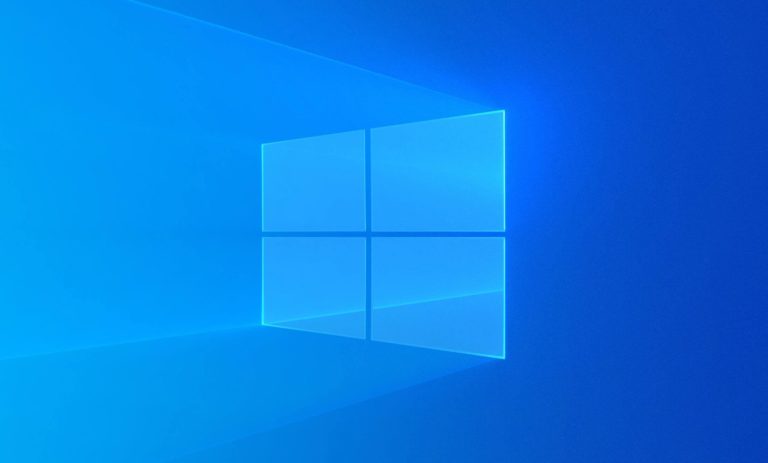It’s been a while since Windows 10 passed the once-popular Windows 7 as the most widely used PC operating system, but the final end of Windows 7 support is really coming up in half a year’s time. However, ZDNet has information from three studies showing that the number of computers still running on Windows 7 is very high.
According to a survey by IT company Kollective among 200 British and American decision-makers, a little less than 1 in 5 large companies has not yet switched to Windows 10. This is quite a large number, but a decrease compared to the 43 percent that Kollective researchers found at the beginning of the year. The research showed that the majority of the organizations had already started the transition to Windows 10. It is estimated that three-quarters of this process has been completed in the meantime, but for the part that is still in progress, six months may not be enough to be on time.
A second study by authentication company Duo found that Windows 10 now accounts for 66 percent of the PCs that that company’s software runs on, compared to 29 percent for Windows 7. In some sectors, the situation is more worrying: Duo points to healthcare as a sector that is particularly dependent on Windows 7. Upgrading in a busy hospital is therefore complex, and for some older medical hardware, upgrading is simply not possible. It is important to note that even Windows XP appears to be still in use in many places. For example, the British Health Service still uses around 2,300 PCs that use this operating system.
Number of users decreasing, but still large
ZDNet also writes that data from NetMarketShare shows that there is a gradual decline in the use of Windows 7. This operating system still accounts for about 38 percent of all PCs connected to the Internet. Windows 10 has now surpassed the older version and now has a share of about 41 percent.
For business users, there are options in case a company can’t move everything from Windows 7 to Windows 10 in time. However, this has to be done in the form of extensive support packages from Microsoft, which involve considerable costs. In addition, learning to work with Windows 10 will also require a lot of effort on the part of companies, for example because of the regular updates and bug fixes that come with Windows 10.
This news article was automatically translated from Dutch to give Techzine.eu a head start. All news articles after September 1, 2019 are written in native English and NOT translated. All our background stories are written in native English as well. For more information read our launch article.